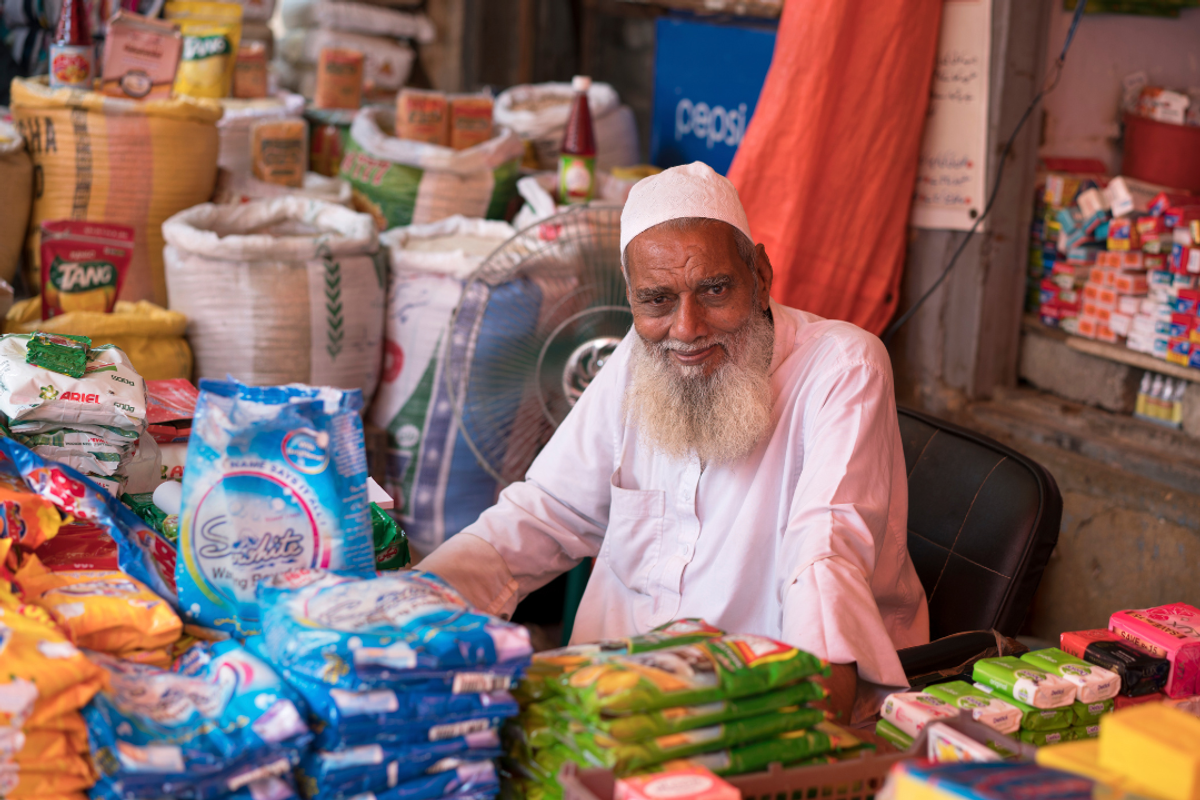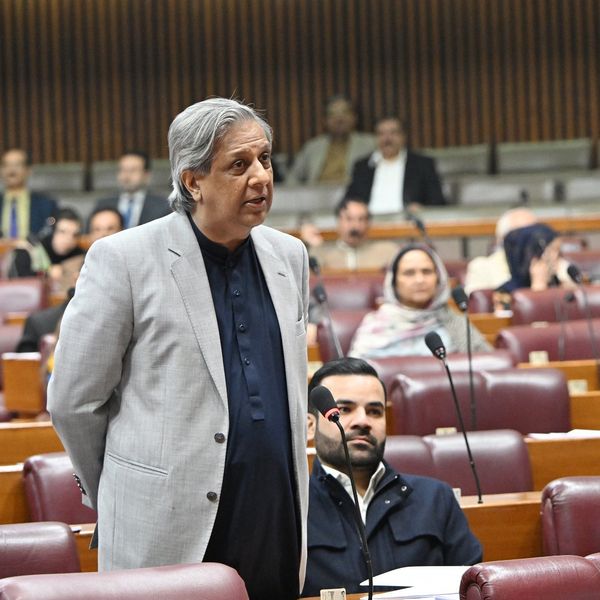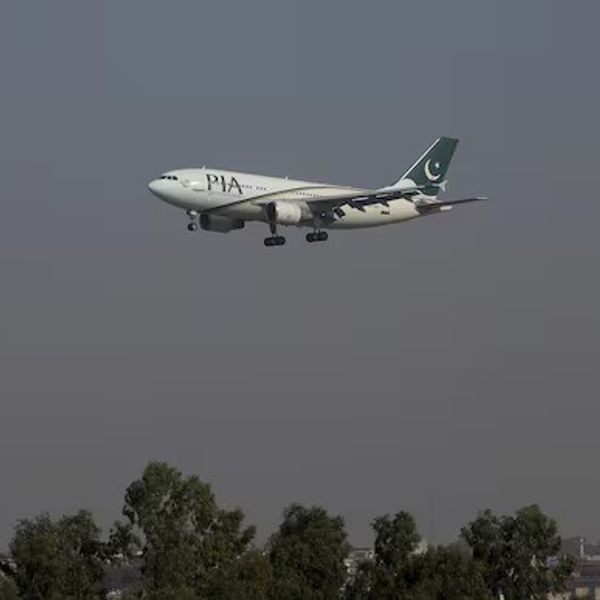Pakistan’s inflation slows to 3.2% in June
Urban CPI falls to 3%, rural inflation rises to 3.6%
Business Desk
The Business Desk tracks economic trends, market movements, and business developments, offering analysis of both local and global financial news.

Pakistan’s consumer price inflation eased to 3.2% year-on-year in June, continuing a broad disinflationary trend driven by declining food and energy prices, according to official data released by the Pakistan Bureau of Statistics (PBS) on Tuesday.
The consumer price index (CPI) rose just 0.2% month-on-month, compared to a 0.5% rise in the same month last year and a 0.2% decline recorded in May. On an annual basis, inflation was sharply lower than the 12.6% rate recorded in June 2024.
Urban inflation dropped to 3.0% year-on-year in June, compared to 3.5% in May and 14.9% a year ago, while rural inflation edged up to 3.6%, slightly above the 3.4% recorded in May but far below June 2024’s level of 9.3%. Month-on-month, urban prices were up 0.1%, while rural areas saw a 0.5% increase.
Food and fuel — mixed trends
The food and non-alcoholic beverages group, which carries the largest weight in the CPI basket, posted an overall increase of 2.6% year-on-year. Notably, perishable food items surged 5.3% month-on-month, led by sharp increases in tomatoes (57.3%), potatoes (25.7%), and onions (15.3%).
However, food inflation remained broadly contained due to year-on-year declines in key items such as onions (-56.5%), tomatoes (-23.2%), and wheat (-17.1%).
Fuel and utility prices also had a mixed impact. Electricity charges rose 5.5% month-on-month, yet remained 30.2% lower year-on-year due to last year’s high base. Meanwhile, liquified hydrocarbons dropped 5.3% from May. Transport costs rose 0.95% MoM, with motor fuel up 1.13%.
Core inflation moderates
Core inflation, measured by non-food, non-energy (NFNE) components, also decelerated. Urban NFNE core inflation stood at 6.9% YoY, down from 7.3% in May and 12.2% in June 2024. Rural core inflation was reported at 8.6%, compared to 8.8% a month earlier.
Trimmed core inflation, another key indicator, was reported at 4.7% in urban areas and 5.2% in rural, both showing modest month-on-month increases of 0.3% and 0.5%, respectively.
For the full fiscal year 2024-25, average national inflation came in at 4.49%, a dramatic improvement from 23.41% in FY24 and 29.18% in FY23. Urban inflation averaged 5.31%, while rural inflation averaged 3.32% over the same period.
Forecast and policy anchoring
June inflation extended the downward trend observed in April (0.3%) and May (3.5%).
The next monetary policy announcement in July will confirm whether this improvement holds, reinforcing the success of macroeconomic adjustment efforts since the peak of the crisis.
The current outturn is being closely watched against the backdrop of the government’s 7.5% inflation target for FY26 and the SBP’s medium-term goal of keeping inflation within a 5–7% range.










Comments
See what people are discussing